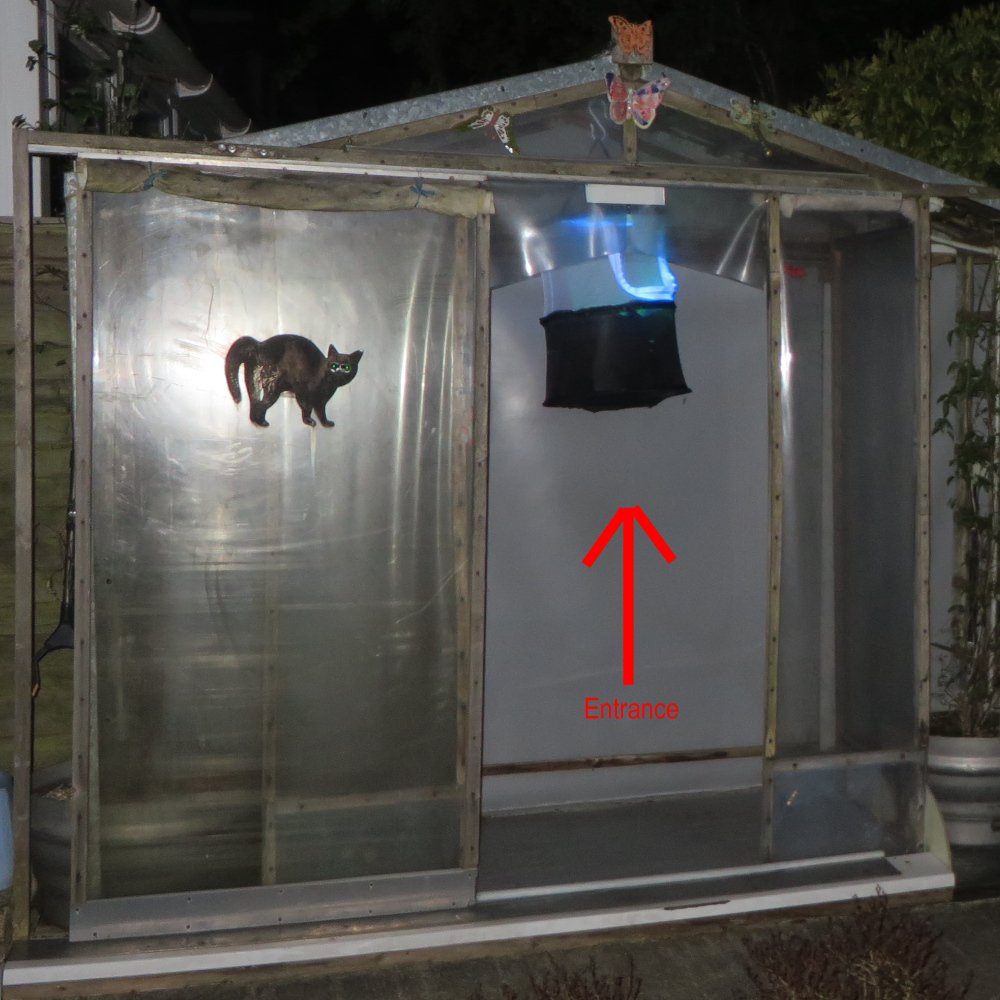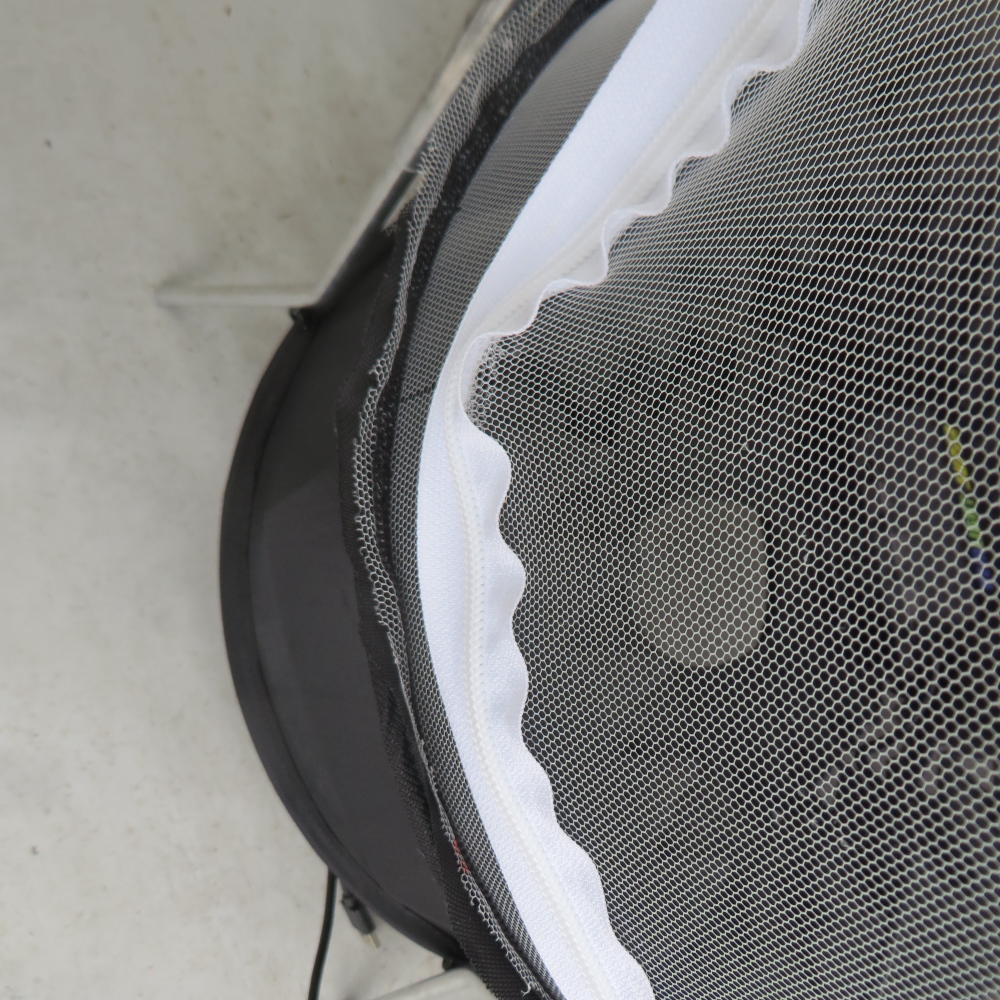
This is part 2 in our series of blog posts on the Moonlander trap, if you missed it make sure to check out part 1.
The location for our trapping is in a controlled environment we’ve been using now for over 10 years, so have a good idea of what the results should be.
The concept of moths preferring to enter from underneath with this trap was in no way borne out with the data accumulated.
The Gemlight does in fact attract moths which will be subject of a future post but in no way entices them to enter from below.
98% moths recorded using this system were found in and around the moth house and not the trap itself following the instructions for setting up.
The trap if mounted on the legs provided is flimsy to say the least and the clips have tendency to move or become disengaged entirely which makes it almost impossible to remove the foam inserts or light unless you support from a top hanger with the legs dangling down below...
We decided that suspending the trap from the top of the moth house was our best bet in view of stability but the height in no way improved the results for moths entering the trap.
After potting and identifying moths from in and around the trap we focused on the contents of the trap itself as normal
One issue we found was that the seams connecting the material form a hide away for any micro moths and consequently make it difficult if not impossible to pot for identification.

Also, the singletons that managed to get in the trap tended to rest on the internal netting as opposed to the foam inserts themselves.
Trying to pot moths through the zipped opening on the side created its own issues with the trap being suspended from the ceiling due to the movement and flexibility of the material while impossible if using the legs.
When it came to any singletons that did take refuge in the foam insert a new issue arose as the concept of tapping the moth into a pot is no longer viable, so the only method is gentle encouragement.
Luckily no important records ever ventured into the inner sanctum so were never lost during our tests.
If we did a pros and cons of the Moonlander trap it would be very difficult to say anything good about it except that it folds away neatly so can now be placed out of sight and out of mind.
Even having been an engineer all my life I am struggling for ideas to recoup my investment, with the only possibilities coming to mind being a second layer for a pheromone trap for the larger moths, or maybe just as an expensive mosquito head protector.

The next post will feature the Gemlight Super itself and the different methods we used to encourage as many moths to it as possible.